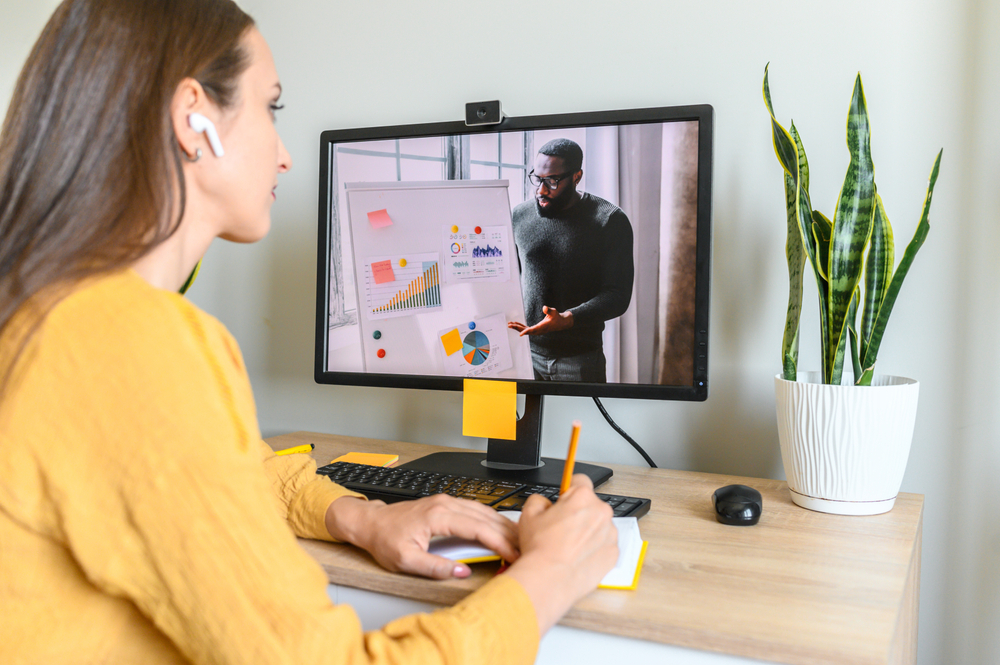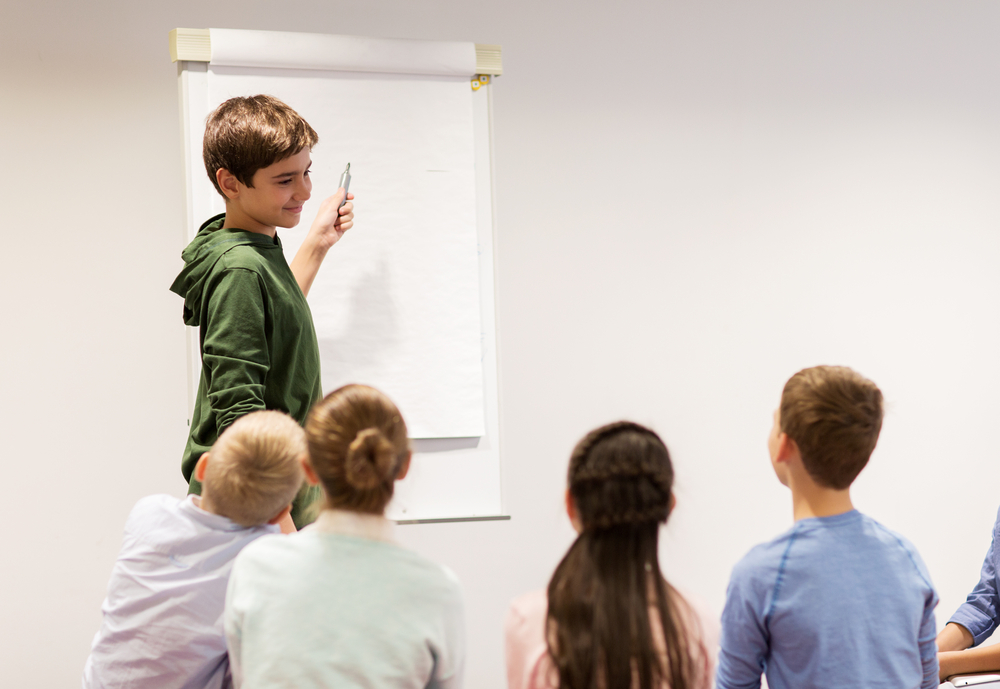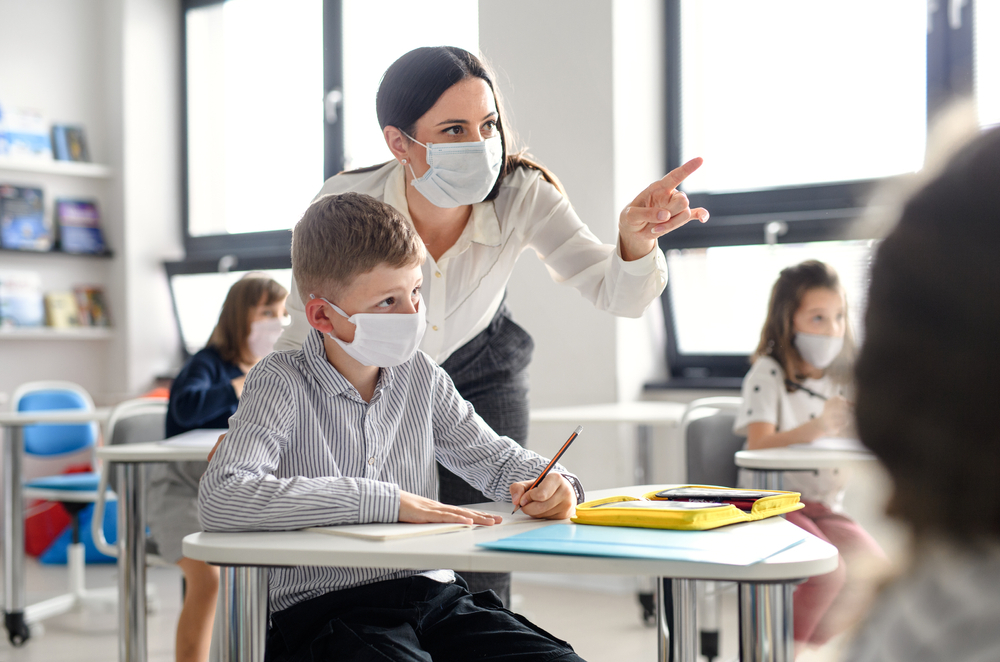The Flipped Classroom Model
A Flipped Classroom Model involves flipping the traditional student roles both in and out of the classroom. The typical learning model involves lecturing & teaching ideas in the classroom and then assigning papers, worksheets, and discussion questions for students to take home. In the Flipped Classroom Model, however, the opposite approach is employed.

It first requires teachers to take videos of themselves or to find videos online which will give students the lecture side of the lesson. They will then send these videos to their students for them to be viewed and for notes to be taken at home. Then, the in-class time is spent on active or hands-on learning activities like discussions and projects.
There are a few benefits to employing this approach. The first is that modern students are used to learning new information using technology such as smartphones, computers, television, etc. Viewing the lecture portion of your class online won’t feel very different for them than a TED Talk or a documentary, for example.
The next perk involves something that every teacher has witnessed in spades: every student learns at a different pace. This is part of what makes the Flipped Classroom Model such an appealing approach. Students who learn faster can watch the videos and take notes at their usual speed, but it gives students who are slower to comprehend certain topics the ability to rewind and pause to take notes. This gives these students a better chance at learning these concepts from one lecture session than the traditional classroom model.

In the Flipped Classroom Model, students would come to class having listened to the lecture, taken notes, and prepared any questions that they have on the material. This will create more quality time spent in the classroom because the typical lecture model allows for questions throughout. So, rather than having students ask questions that you’d answer later in the lecture anyway, they’ve listened to it fully and you can spend classroom time answering questions without having to worry about running out of time.
In addition to allowing more classroom time for answering questions, the Flipped Classroom Model will give you more time to focus on students’ needs individually. After spending most of the class time lecturing, you’ll hardly have time to walk around the classroom, making sure students understand their projects and whether they need any help. In this model, the majority of class time will be spent on discussions or projects so you’ll actually be able to be there as they begin to work, new questions are formed, or people need active assistance.
This school year it could be especially useful to flip your classroom. Every school is implementing different procedures in order to increase safety. Some are doing staggered days where students come two days per week and do the rest of the days online. Others are giving students the option to pick what they want, so some students will be in class every day, others will be two days a week, and the rest will be online only. Being required to conference in online students, reinforce sanitary safety procedures, space out students accordingly, and clean the classroom regularly doesn’t leave a lot of time for lecturing.
By flipping your classroom so that students will already know the lecture material coming into class, you’ll have much more time to do all of the other things required for teachers this year and still have plenty of time to answer questions, facilitate discussions, or assist with hands-on projects. It also allows one to make sure that students are progressing along in lessons, having every opportunity to learn and understand the material, and taking true advantage of in-person days so your cyber days aren’t spent answering hundreds of student emails asking questions about their projects.

In order to implement the Flipped Classroom Model this school year, one should start by compiling the necessary lecture resources. This could involve simply filming yourself giving the classroom lectures or even employing content devices like YouTube or other online videos which give a comprehensive look at the classroom material.
Next, you’ll need to do some additional research in order to find some hands-on learning or practice activities that you can do in the classroom. When you facilitate classroom discussions on the subject, come prepared with a list of questions and ask students to come prepared with a few talking points as well. For projects, you’ll want to find things that students can work on independently and that they’ll have the option of working on in class or at home. You’ll require that they use class time to work on the projects, but it should be something they can take home in case they don’t finish. The important thing is that they are able to work on these projects in class giving them the opportunity to ask questions both to you and fellow classmates regarding the subject material, project requirements, or simply to brainstorm together.
One excellent resource for both lecture and hands-on learning activities is Wide Open School, a new and free online learning platform where teachers and students can access activities across all subjects. In addition, hands-on activities like the Inventionland®Education Curriculum can be excellent projects to pair with at-home lectures and allow you to flip your classroom.